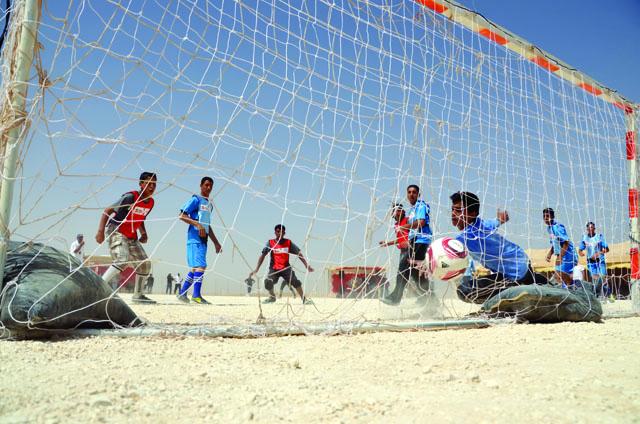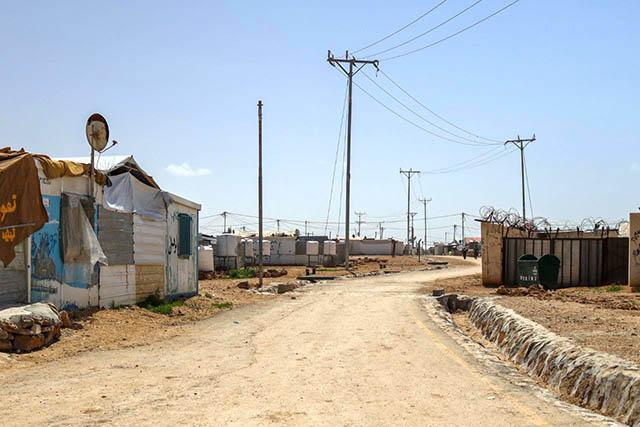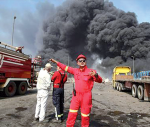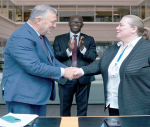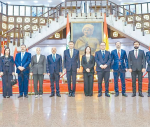You are here
Geographic mapping of camps offers technical experience for Syrian refugees
By Sarah Al Arshani - Nov 28,2019 - Last updated at Nov 28,2019

The RefuGIS programme, which began in 2016, employs 13 Syrian refugees to map Zaatari camp, according to the UNHCR (Photo courtesy of UNHCR)
AMMAN — In an effort to empower refugees, UNHCR Jordan is training and employing refugees in Zaatari camp in Geographic Informations Systems (GIS), through the programme RefuGIS.
The programme, which began in 2016, employs 13 Syrian refugees to map the camp, and has also recently begun working with the Mafraq sub-office to provide services there, External Relations Officer for UNHCR Mohammad Al Taher told The Jordan Times in a recent phone interview.
According to the UNHCR’s website, Zaatari Camp is home to over 76,000 refugees. With its large size, there is a need for the tracking and mapping of services such as water supply and community centres.
Employees working for the programme come from various professional and technical backgrounds and received training from Brian Tomaszewski, an associate professor at the Rochester Institute of Technology, as well as through Al Balqa Applied University and Princess Sumaya University for Technology, Taher said.
In one instance, the GIS team mapped out the 57 community centres, run in the camp by a variety of organisations. The group examined the youth activities offered at each location and created a database, Taher said.
They then reviewed the activities offered at each centre to determine which programmes were popular or needed, using that information to offer suggestions on which programmes should be expanded and which should be eliminated, the officer added.
Taher noted that the organisation offers up to 5,000 job opportunities for refugees in the camp, the vast majority of which do not require technical training, with employees rotating every three or four months.
He added that the team supports many functions in the camp, including the Water, Sanitation and Hygiene system.
“We never anticipated it would be so important,” RefuGIS Manager Marwan Zoubi recently told The Jordan Times.
Zoubi said that GIS is significant for building and maintaining communities, and that prior to joining the team, he “wasn’t aware of how necessary the job was”.
He said that if he and other refugees get a chance to return to their native Syria, they can use the skills they have learned to help rebuild their country. For now, the team is training other refugees in the same line of work.
Related Articles
For Muath Shahma, football is the only source of entertainment at the Zaatari Refugee Camp, over 80km northeast of Amman.
AMMAN — The Japan International Cooperation Agency, UNHCR and the National Electric Power Company on Tuesday held the closing ceremony
AMMAN — As streets, neighbourhoods and public places across Jordan lie virtually empty as a result of the Kingdom’s tight restrictions on mo


